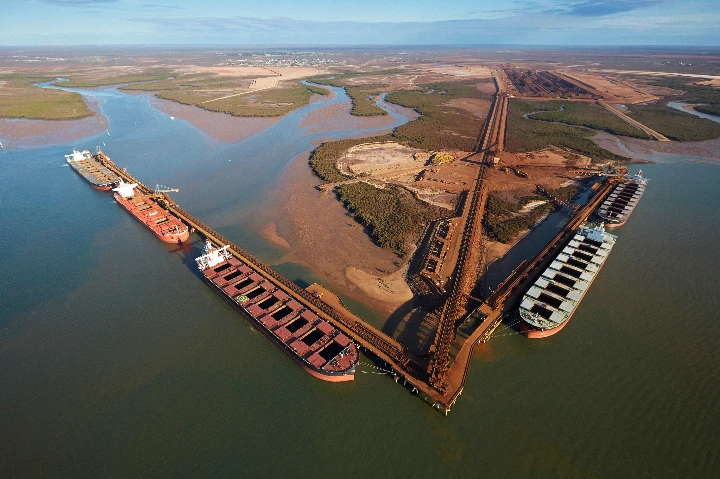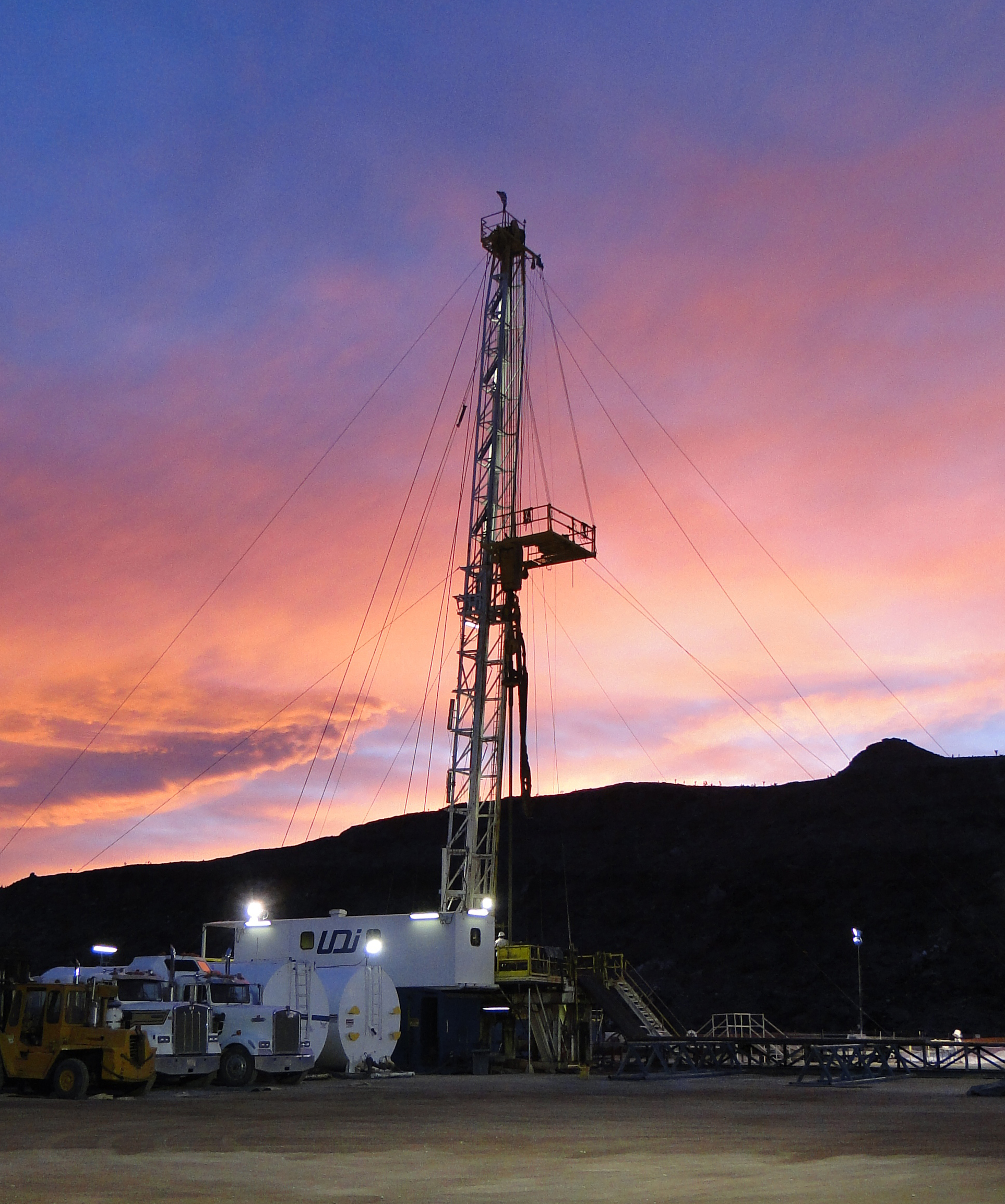China, BHP and the Iron Ore Standoff: Who Really Takes the Hit?
Imagine the world’s busiest iron ore port, with hundreds of ships lining up each year, waiting to haul Australia’s fortune away. That’s Port Hedland in Western Australia, the beating heart of the global iron ore trade.
From BHP’s massive Pilbara mines, trains stretch almost 400 kilometres to reach the coast. Day and night, they tip their cargo into waiting carriers bound for steel mills around the world. The largest share? China — by far Australia’s biggest customer.
But this week, the trade hit a bump. Reports out of Beijing suggest China’s state iron ore buyer has told steel mills to pause purchases from BHP. Analysts describe it as a negotiating tactic — a way for Beijing to apply pressure during tense price talks.
The stakes are enormous. Billions of dollars flow through these trains and ships every year. Iron ore is not just another export; it underpins Australia’s economy and helps drive China’s construction boom.
Could China really cut BHP off for long? Probably not. Alternatives like Rio Tinto, Fortescue, Brazil’s Vale, or even domestic Chinese ores exist — but none can fully replace BHP’s scale and efficiency. At the same time, BHP depends heavily on the Chinese market, meaning both sides have something to lose.
That’s why most observers see this less as a “ban” and more as brinkmanship. Beijing wants cheaper long-term prices. BHP wants fair value for its ore. The result? Headlines that shake markets, and a share price wobble that reflects investor nerves.
In the end, China can’t build its modern economy without Australian iron ore, and Australia can’t ignore its largest trading partner. The question is: in a high-stakes game of chicken over price, who blinks first — and who really takes the hit?

📈 Top 10 Stock Lists
Join the conversation
📈 Top Daily Gainers
📈 YTD Gainers
📉 Top Daily Losers
💰 High Dividend Yields
📅 Best Performers – November
✅ Seasonal Standouts – November
🔮 Seasonal Standouts – December






